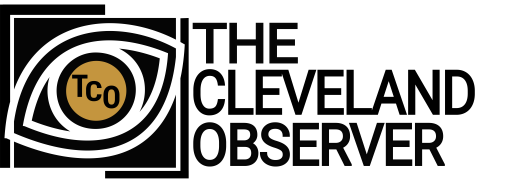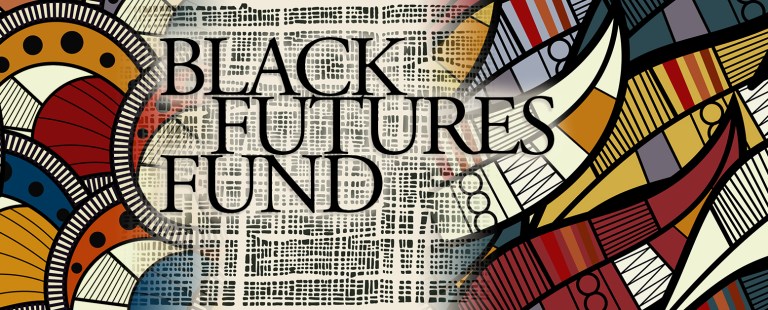By Ray’Chel Wilson, CFEI
The world of grant writing is not one-size-fits-all, but recent diversity, equity, and inclusion (DEI) shifts have created a newly complex landscape for businesses, social enterprises, and nonprofits alike. What once resonated with funders may now raise eyebrows, requiring a more strategic and informed approach.
As national development professional Razelle E. Townsend observed, “Many foundations are shifting their focus from identity-based funding to cause-driven strategies,” a trend that necessitates a critical reevaluation of how we frame our proposals.
What to Avoid
The challenge for grant writers today is clear: How do you communicate the real needs of your community without using language that may unintentionally jeopardize your funding chances? The key is balance. Below are some words that have increasingly been flagged in funding reviews:
- Social Inequality & Discrimination words like inequality, institutional, intersectional, marginalized, minority, oppression, discriminated, hate speech, systemic, victim, polarization, barrier, and excluded may raise concerns in applications.
- Identity & Demographics terms such as BIPOC, Black and Latinx, ethnicity, female, gender, LGBT, Indigenous community, and women might lead to additional scrutiny.
- Bias & Prejudice language, including biases, implicit bias, male-dominated, and privilege, can sometimes trigger objections.
- Diversity, Inclusion & Equity words like advocacy, antiracist, cultural relevance, diversity, equality, inclusive, multicultural, racial diversity, and sense of belonging may attract critical attention.
- Experiences & Conditions terms, such as disability, historically, socioeconomic, sexual preference, trauma, and underrepresented, could flag an application for further review.
A recent report in The Washington Post noted how certain keywords related to DEI have come under increased scrutiny, particularly within federal funding streams like the National Science Foundation.
This shift appears linked, in part, to the Biden administration’s executive orders concerning diversity initiatives, such as the one addressing women’s issues by the U.S. Office of Personnel Management (OPM). These orders, while aimed at preventing discrimination, have inadvertently created a climate where overly emphasizing certain terms can trigger a side-eye.
A Path Forward
So, how do you craft a winning grant proposal that addresses critical needs without falling into these potential traps? Here are some key strategies to update the messaging of your solution:
Shift #1: Focus on the Problem, Not Just the Population
Funders are increasingly looking for proposals that emphasize broad challenges rather than identity-specific language. Instead of centering a project on a particular demographic, frame it around the industry-based issue being addressed and how your solution provides a measurable impact.
- ✗ “Improving educational outcomes for Black and Latinx students.”
- ✓ “Closing the achievement gap in science, technology, engineering, and math (STEM) fields by expanding access to hands-on learning programs.”
Shift #2: Quantifiable Impact Matters.
Funders want to see measurable results. Highlight specific outcomes like increased graduation rates, job placements, or health improvements.
- ✗ “Creating an inclusive workplace where underrepresented employees feel valued.”
- ✓ “Implementing mentorship programs that increase employee retention and leadership promotions by 25%.”
Shift #3: Data-Driven Justifications
Use solid research and statistics to back up your claims. Instead of relying on emotional appeals, present hard data that underscores the need and effectiveness of your project.
- ✗ “Many marginalized communities lack access to quality healthcare.”
- ✓ “In [X region], 40% of residents live more than 20 miles from the nearest healthcare provider, increasing preventable hospitalizations by 30%.”
Shift #4: Community Engagement Over Identity-Based Framing
Show how your project is co-created with the community rather than framed as a solution for a particular group. Demonstrate active participation and leadership from those directly impacted.
- ✗ “Empowering BIPOC entrepreneurs to overcome systemic barriers to funding.”
- ✓ “Providing first-time business owners with financial literacy training and direct access to capital.”
Shift #5: Sustainability and Long-Term Viability
Funders prefer projects that have longevity beyond the grant period. Explain how your initiative will continue through additional funding streams, strategic partnerships, or self-sustaining models.
- ✗ “Addressing gender disparities in STEM through a summer coding boot camp for girls.”
- ✓ “Launching a STEM workforce pipeline by integrating coding education into K-12 curricula, ensuring ongoing skills development.”
Shift #6: Thoughtful, Strategic Language Use
While inclusive language is still important, it must be used strategically. Instead of broadly stating your organization is “committed to diversity,” describe how your programs ensure accessibility and equitable participation.
- ✗ “Our organization is committed to diversity, equity, and inclusion.”
- ✓ “We implement hiring practices that expand candidate outreach and create leadership pathways for all employees.”
Final Thoughts
The world of grant writing is evolving. What worked a few years ago may not be as effective today, but that doesn’t mean you have to water down your mission. By shifting how you frame your impact—focusing on solutions, outcomes, and sustainability—you can continue to secure funding while staying true to your values.
Writer’s Bio
Ray’Chel Wilson is the author of the internationally selling “Black Wealth Freedom” workbook series and CEO of ForOurLastNames, a technology turning financial trauma into financial action for first-generation wealth builders. She is currently a graduate student at Duke Divinity School.




